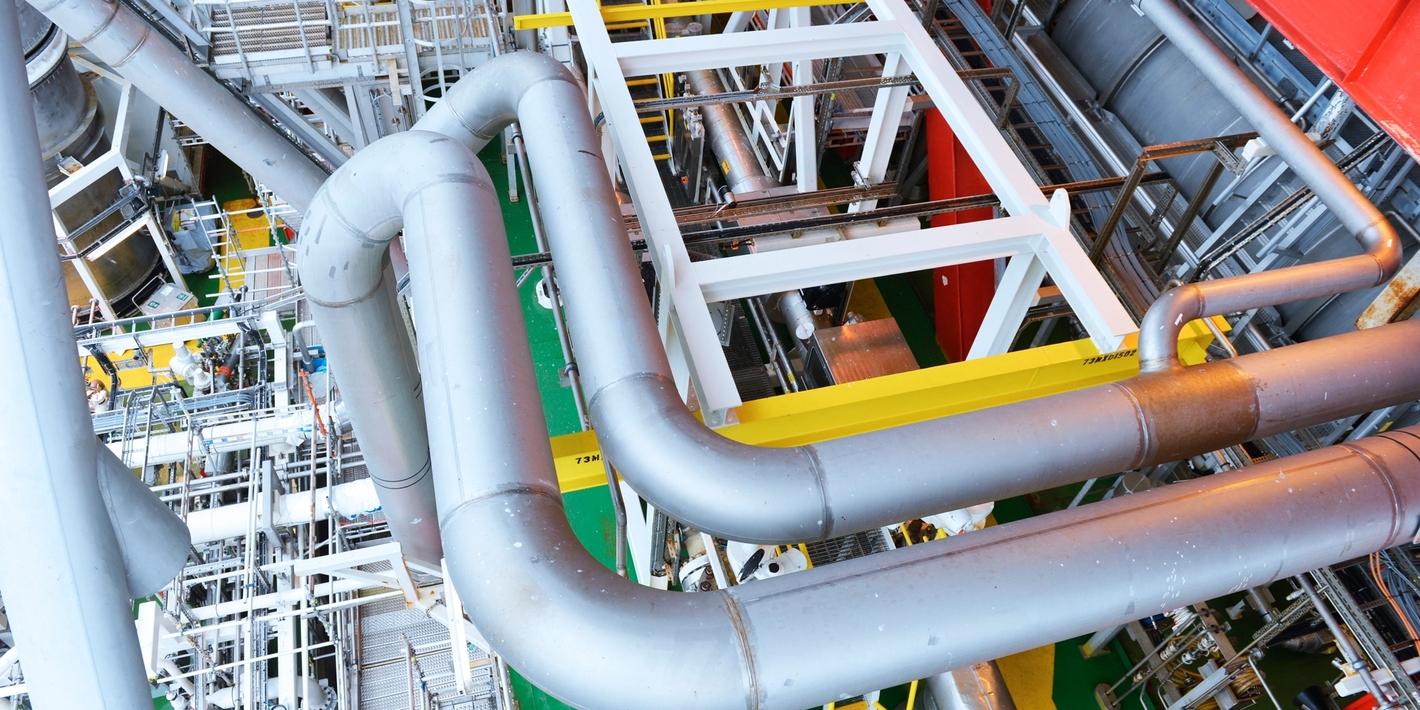The Kvitebjørn gas and condensate field lies in block 34/11, 15 km southeast of the Gullfaks field in the North Sea.
Kvitebjørn was proven in 1994 and production started from the field on 26 September 2004
The Kvitebjørn development concept features an integrated living quarters, drilling and processing facility, with a bottom-fixed steel jacket. Water depth at Kvitebjørn is 190 metres.
The reservoir is located at a depth of around 4000 metres, and was originally a high pressure/high temperature reservoir. The field is produced with the aid of depressurisation. Precompression of gas, which started in 2014, has yielded increased gas recovery. Based on the 2021 plan, expected production from the field is around 105 billion cubic metres of gas, 20 million cubic metres of NGL and 32 million cubic metres of condensate.
Kvitebjørn receives condensate from Valemon, and the Valemon gas will also be routed via Kvitebjørn starting from 2023.
Transport
Rich gas and condensate (light oil) from Kvitebjørn are sent by pipelines to Kollsnes and Mongstad near Bergen, respectively. After processing at Kollsnes, the dry gas is sent through the transport grid to the European continent, while the liquid goes to the Vestprosess facility at Mongstad for separation into butane, propane and naphtha. The condensate from the field is transported through the Kvitebjørn oil pipeline, then via the Troll oil pipeline II to Mongstad near Bergen.
Location: Block 34/11, southeast of the Gullfaks field in the North Sea
Start-up: 26 September 2004
Production: Gas and condensate
